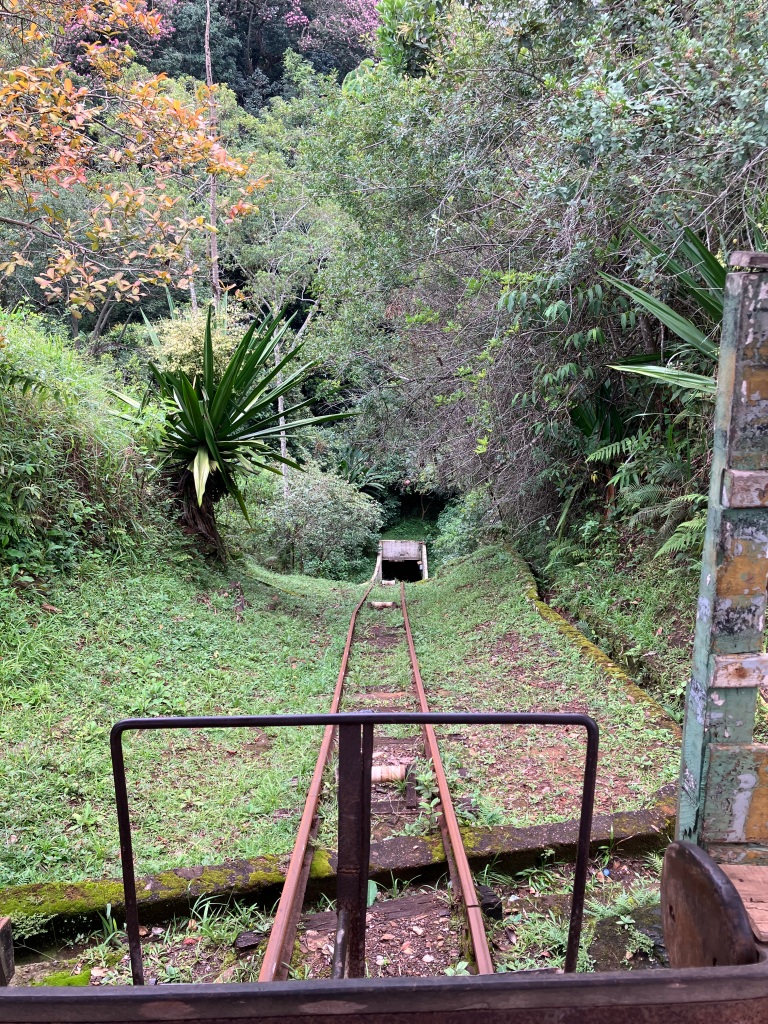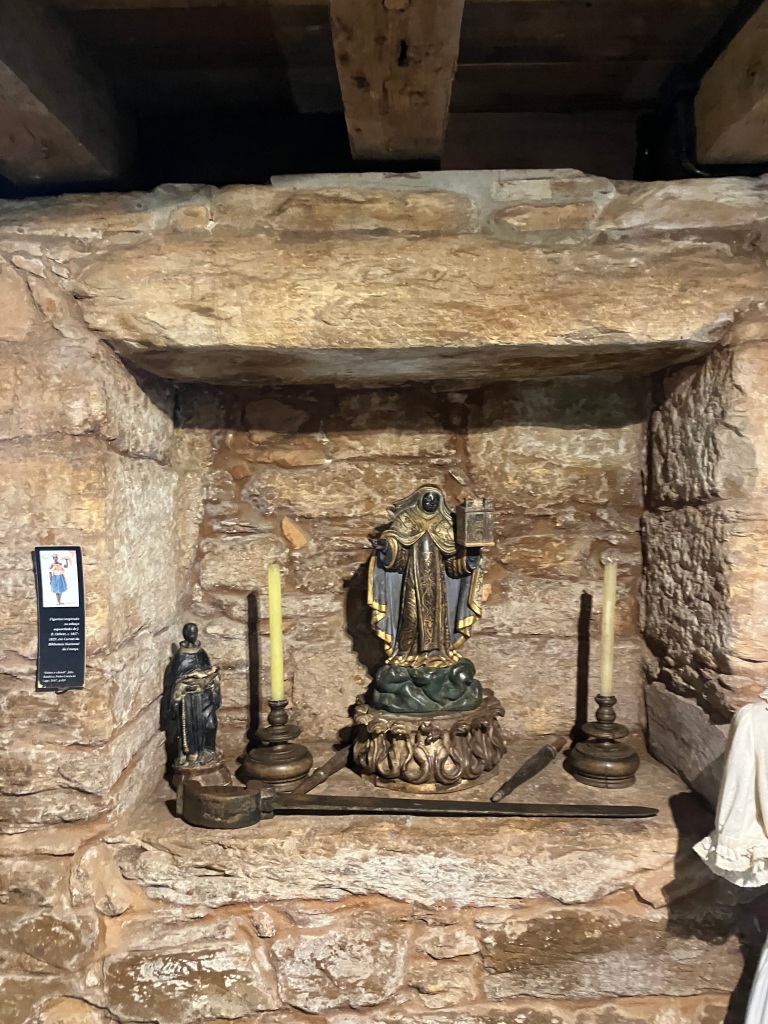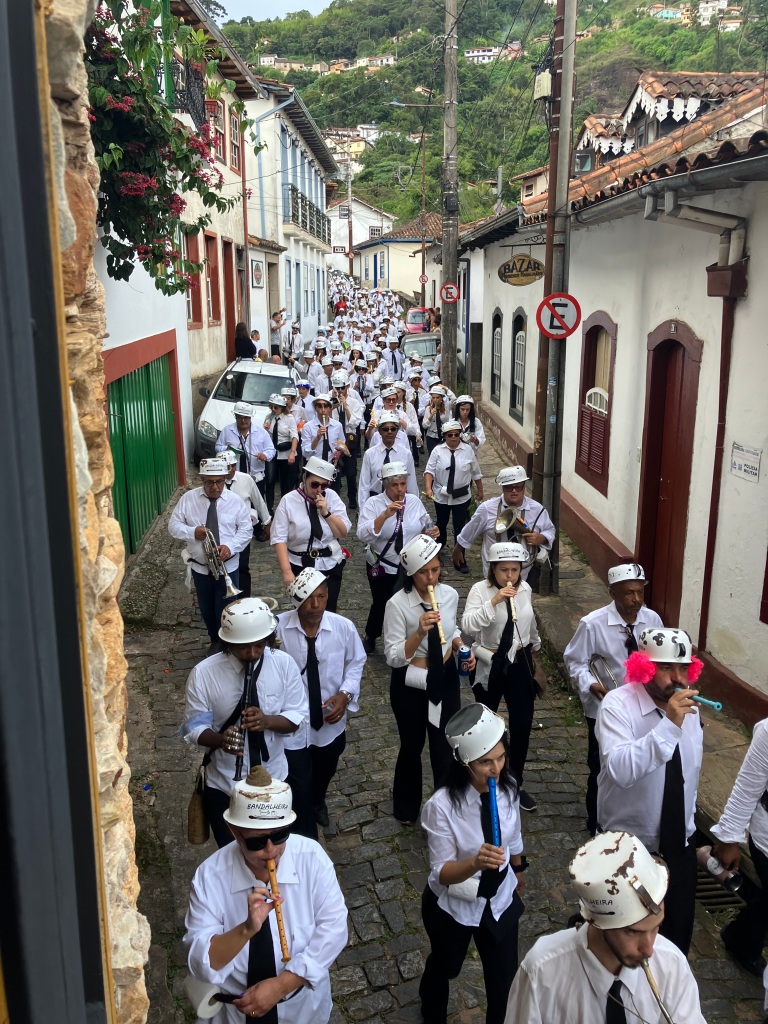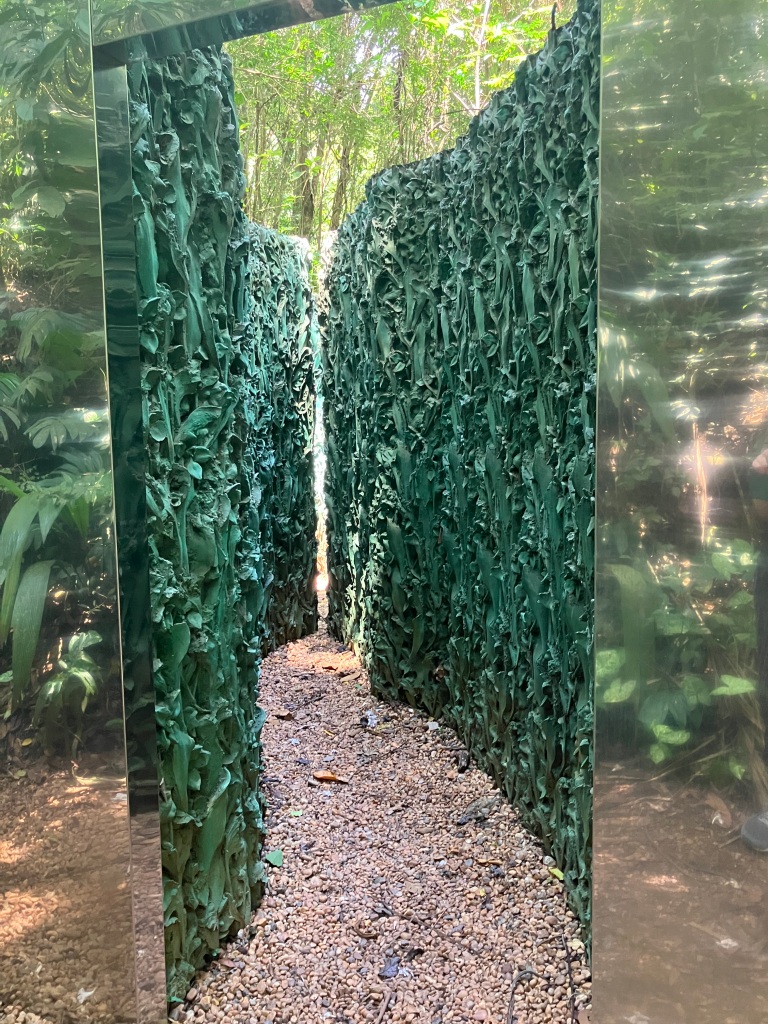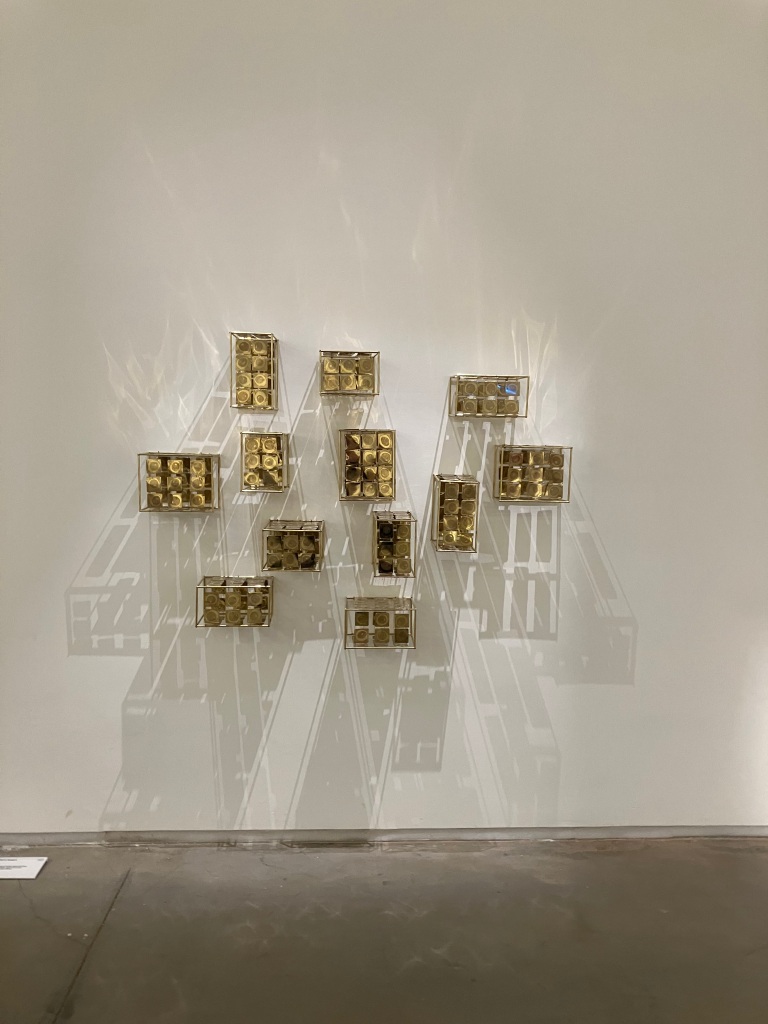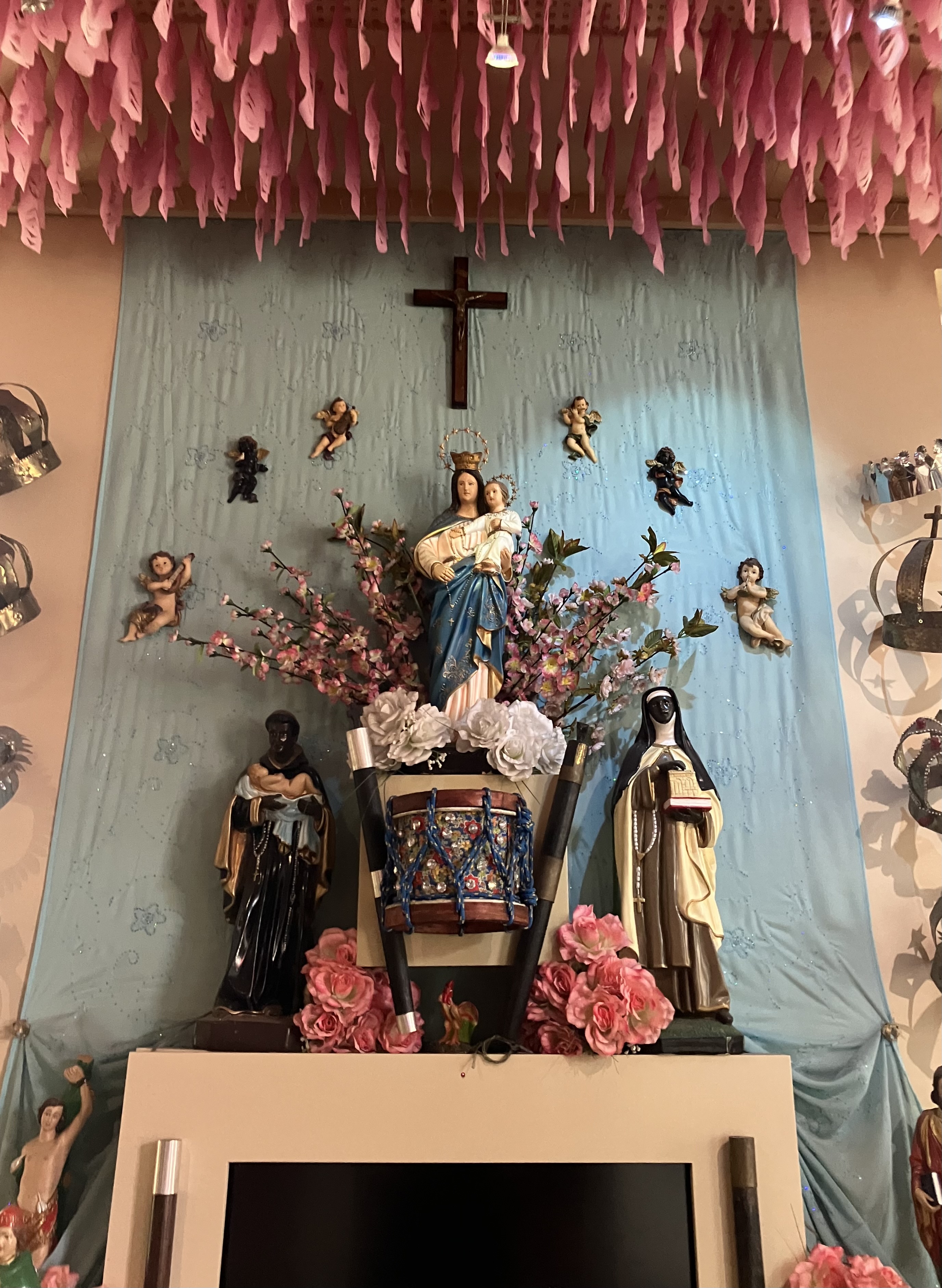My research plans in Rio de Janeiro did not work out – all the materials were online. Tragic, I know. Once I realized this and noticed that my initial airbnb did not have air conditioning I switched to an airbnb in someone’s apartment just off the beach in Copacabana.
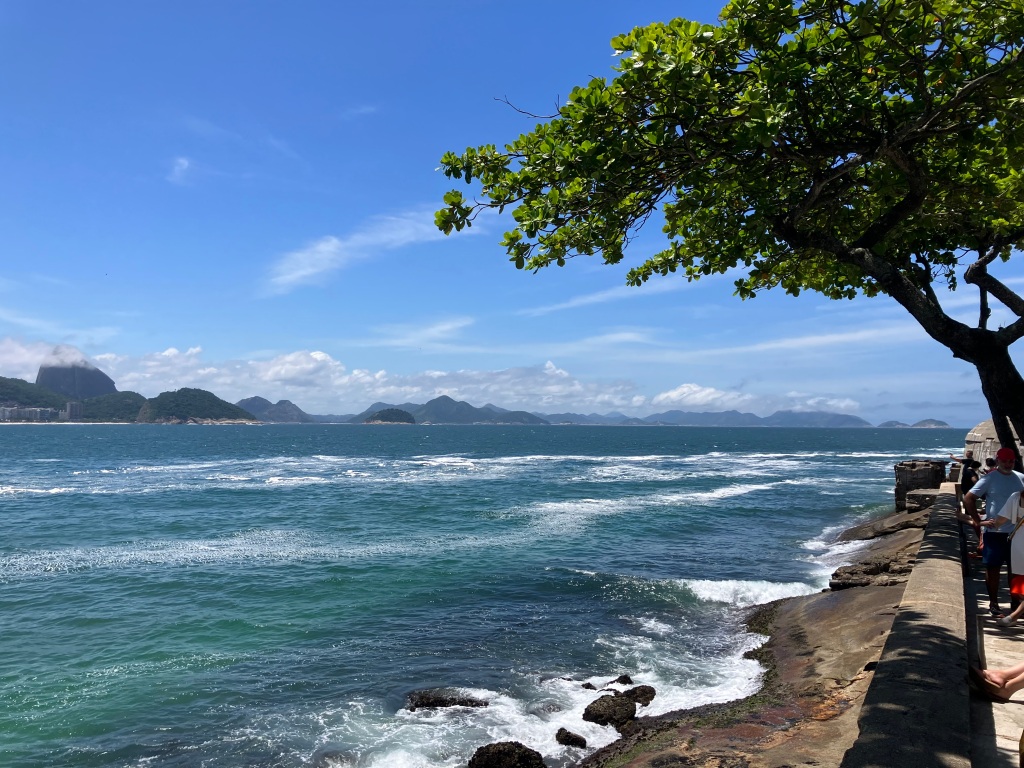
Not going to libraries or archives allowed me to look at my archive notes and get caught up on some writing projects and grant proposals. I also went to an Apple Store where my ipad miraculously started charging again – so I bought a new apple charger – and then of course stopped working a few days later. (I can still charge it using the keyboard, and I have apple care, so I plan to deal with this once I return to the US and am at an address long enough to have one shipped to me).
My airbnb host was somewhat different than my host in Belo Horizonte. She was in her late 20s and a personal trainer. She and her partner had protein powder, and other things I’d seen in health food stores in the kitchen, and I got some real insight into Brazilian aesthetics. Even though she was quite different than my host earlier, got to learn about Brazilian culture and speak more Portuguese because I was sharing someone’s space. There were a couple of other rooms and mostly Brazilian guests from other parts of the country so I got to learn a bit about parts of Brazil I had not traveled to, which I really enjoyed.
I have to say I also liked being so close to the beach I could walk there, take a dip, and walk back. As a very pale person I cannot really stay on the beach that long – even though I was wearing long sleeves and shorts and thought about renting an umbrella. The sun was just too much. I could also walk along the mosaic “boardwalk” for several kilometers so I could appreciate the beach even while not swimming.

I went to the two most famous attractions according to the internet, Cristo Redentor, where I could see Jesus’ feet, basically, and Pão de Açúcar, another lookout that was less crowded and had better views.
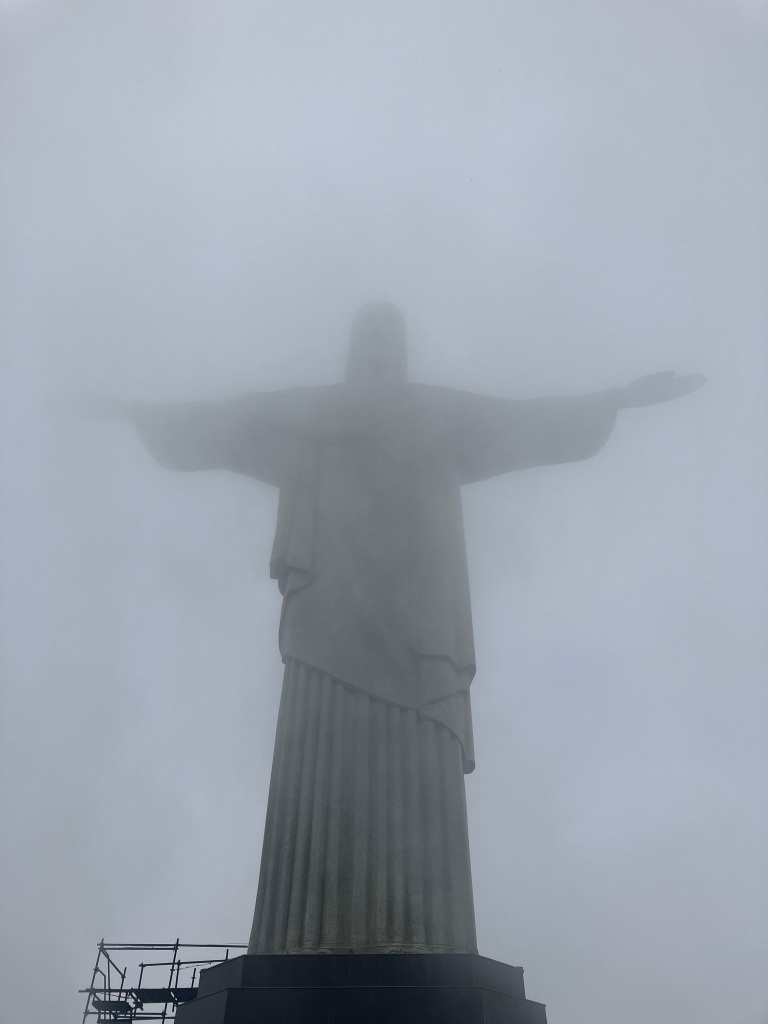
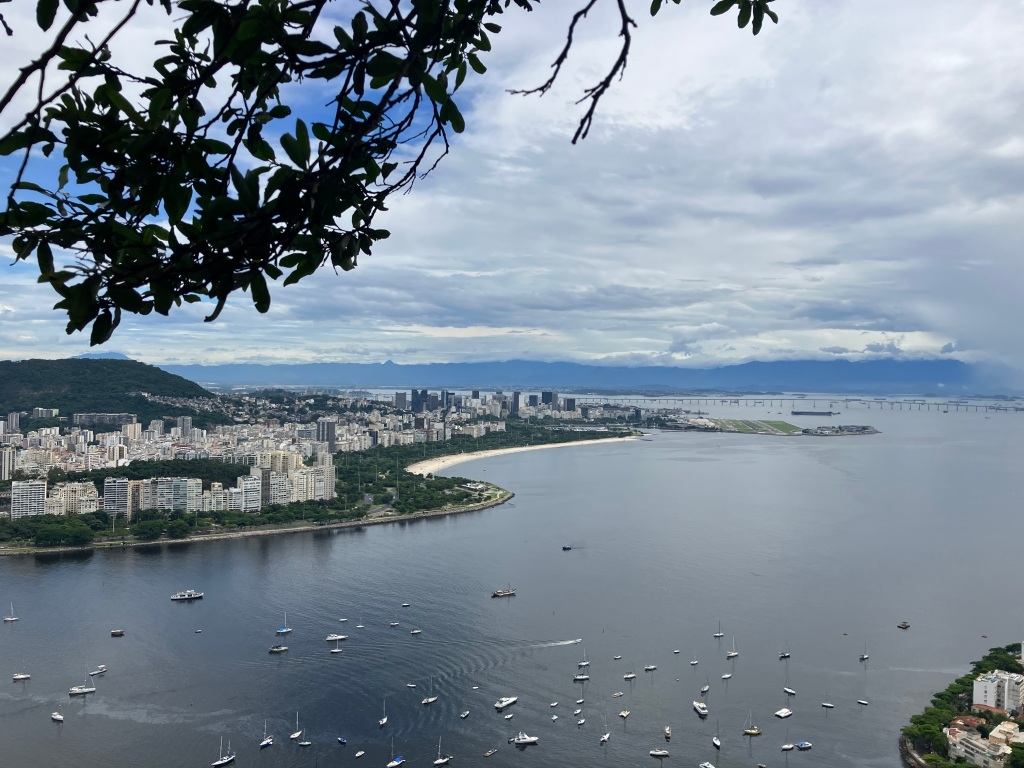
I am happy I didn’t over-exert myself by trying to do too many things – especially because this leaves more for future visits.

